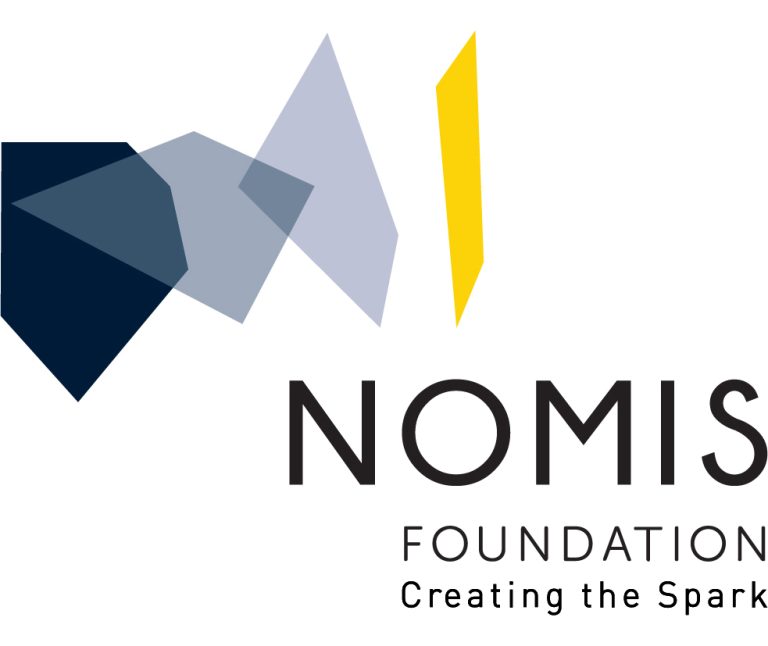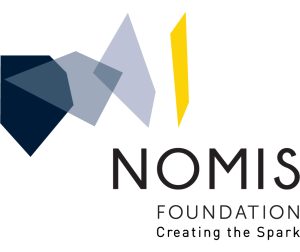The mammalian nervous system is impacted by aging. Aging alters brain architecture, is associated with molecular damage, and can manifest with cognitive and motor deficits that diminish the quality of life. Astrocytes are glial cells of the CNS that regulate the development, function, and repair of neural circuits during development and adulthood; however, their functions in aging are less understood. Astrocytes change their transcriptome during aging, with astrocytes in areas such as the cerebellum, the hypothalamus, and white matter-rich regions being the most affected. While numerous studies describe astrocyte transcriptional changes in aging, many questions still remain. For example, how is astrocyte function altered by transcriptional changes that occur during aging? What are the mechanisms promoting astrocyte aged states? How do aged astrocytes impact brain function? This review discusses features of aged astrocytes and their potential triggers and proposes ways in which they may impact brain function and health span.




